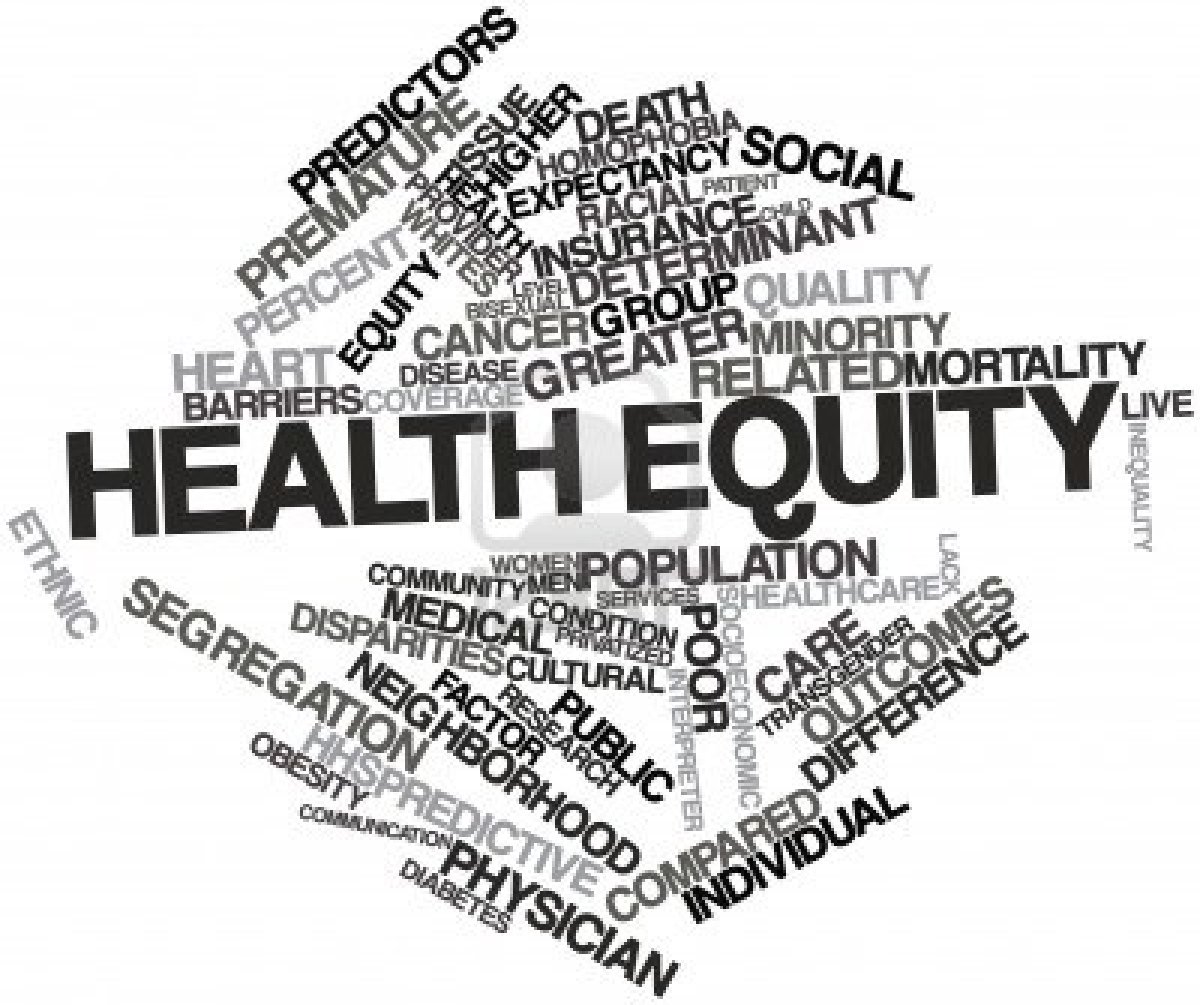
Many of us are aware that a variety of factors can impact health. Factors such as income, educational attainment, and where we live. This makes sense to us – if we make enough money, we can afford good health care. If we have a higher education level we may have the knowledge and ability to make healthy choices. If we live in a low-crime community and a place without high exposure to toxins we will be healthier. In the public health world, we use the term “health equity” to talk about how these differences produce different health outcomes.
Health equity means that everyone has a fair opportunity to live a long, healthy life. It implies that health should not be compromised or disadvantaged because of an individual or population group’s race, ethnicity, gender, income, sexual orientation, neighborhood or other social condition. – Boston Public Health Commission
Members of the Steering Committee of the Food & Active Living Policy Council took part in a training last Friday to increase our knowledge, understanding, and awareness of differences and integrate this knowledge into the work of the Policy Council. The training was part of Harvard Pilgrim Health Care Foundation’s Culture InSight program.
The training was engaging, fun, and informative, and a great starting point for exploring how our own perceptions of culture, ethnicity, race, and class all play into health outcomes. It was also a great way to call attention to the work we all do at a community level and explore how we engage or do not engage certain populations.
Going beyond the socioeconomic factors and recognizing the role that racism specifically plays in health outcomes is of utmost importance in affecting changes in health outcomes. Because research shows that health outcomes are worse for people of color regardless of income and educational attainment. Why is this?
Racial discrimination, or even the mere anticipation of racial discrimination, is enough to trigger a physical stress response. When this response is triggered over and over and over again, it has long lasting physical, emotional, and mental effects. As an article in the Atlantic in 2013 cited, discrimination has been shown by numerous studies to increase the risk of stress, depression, the common cold, hypertension, cardiovascular disease, breast cancer, and mortality.
As a white woman, it was easy for me to understand that there were many structural barriers that were causing poorer health outcomes for people of color, but what I never knew (until it was made very clear to me by others), was how the anticipation of racism or the experience of discrimination was a huge factor in very real health outcomes. It was a true “aha” moment in my work, and now that I see it, its so obvious and real and everywhere.
Therefore when we talk about increasing access to healthy food and opportunities for physical activity, we have to think beyond our programs and our policy advocacy work. If we are not also working to combat both structural racism as well as instances of discrimination in our organizations and communities, we may well miss the mark in achieving true health equity.
Want to learn more? Listen to this great talk by renowned Anti-Racism Activist and Speaker, Tim Wise.




